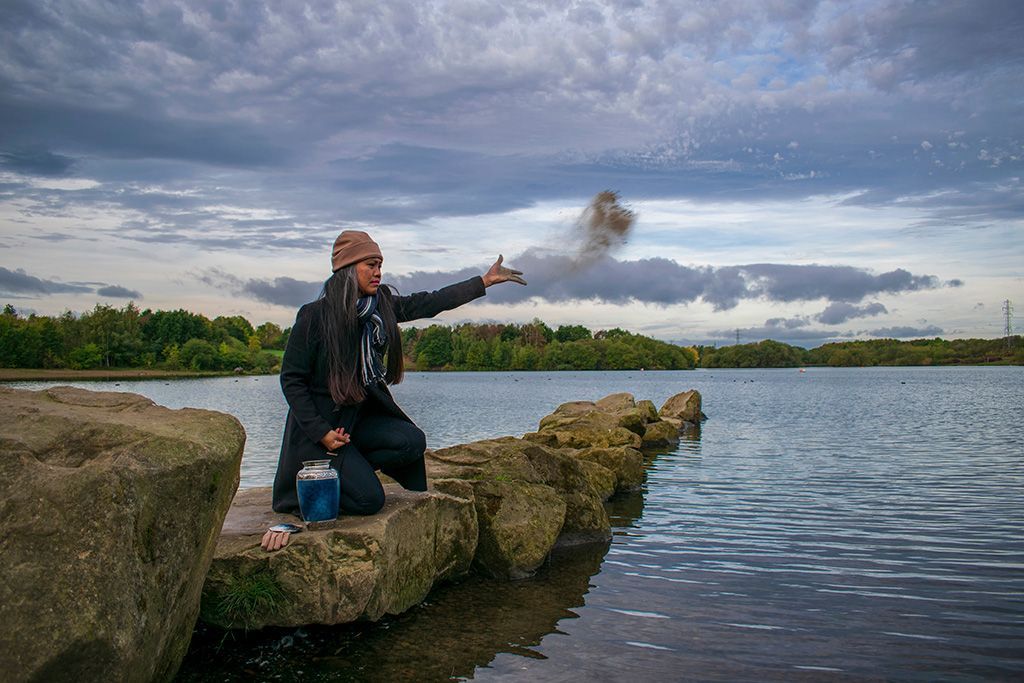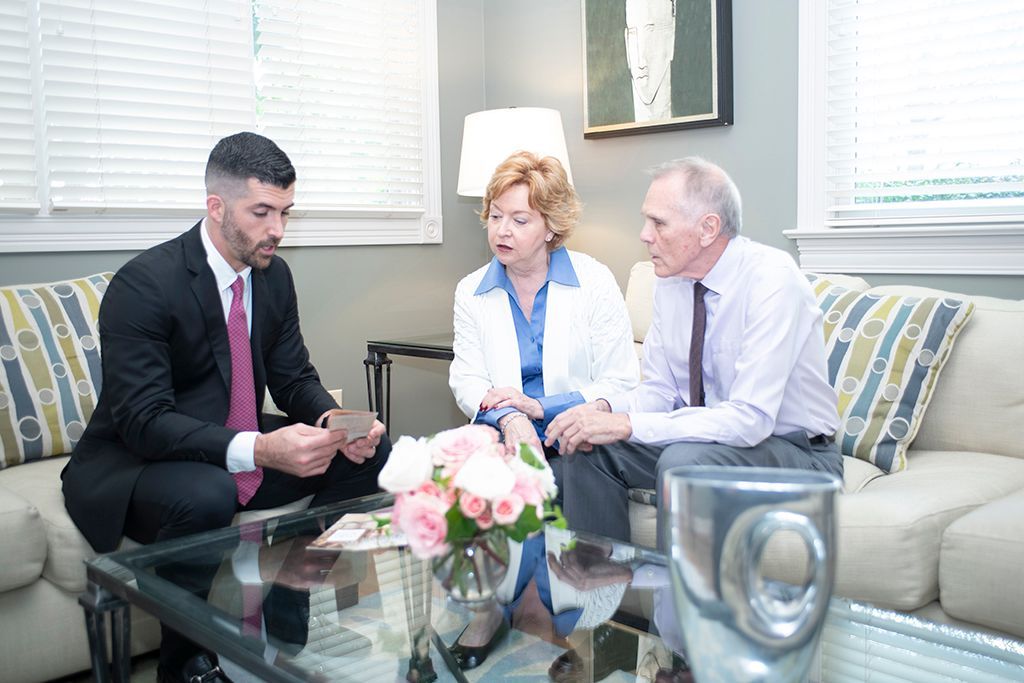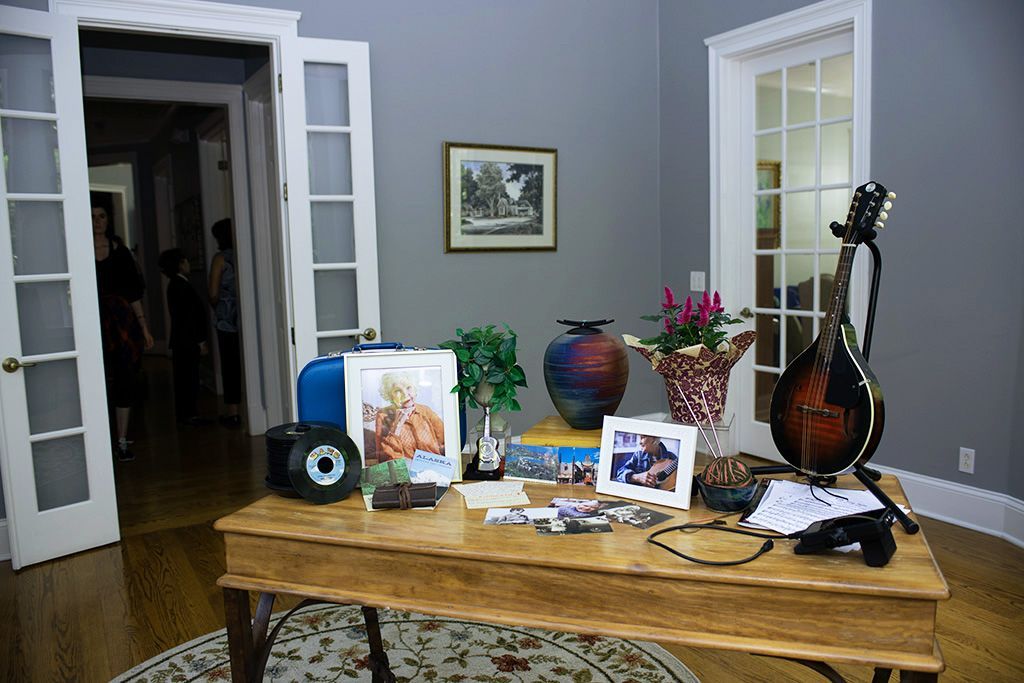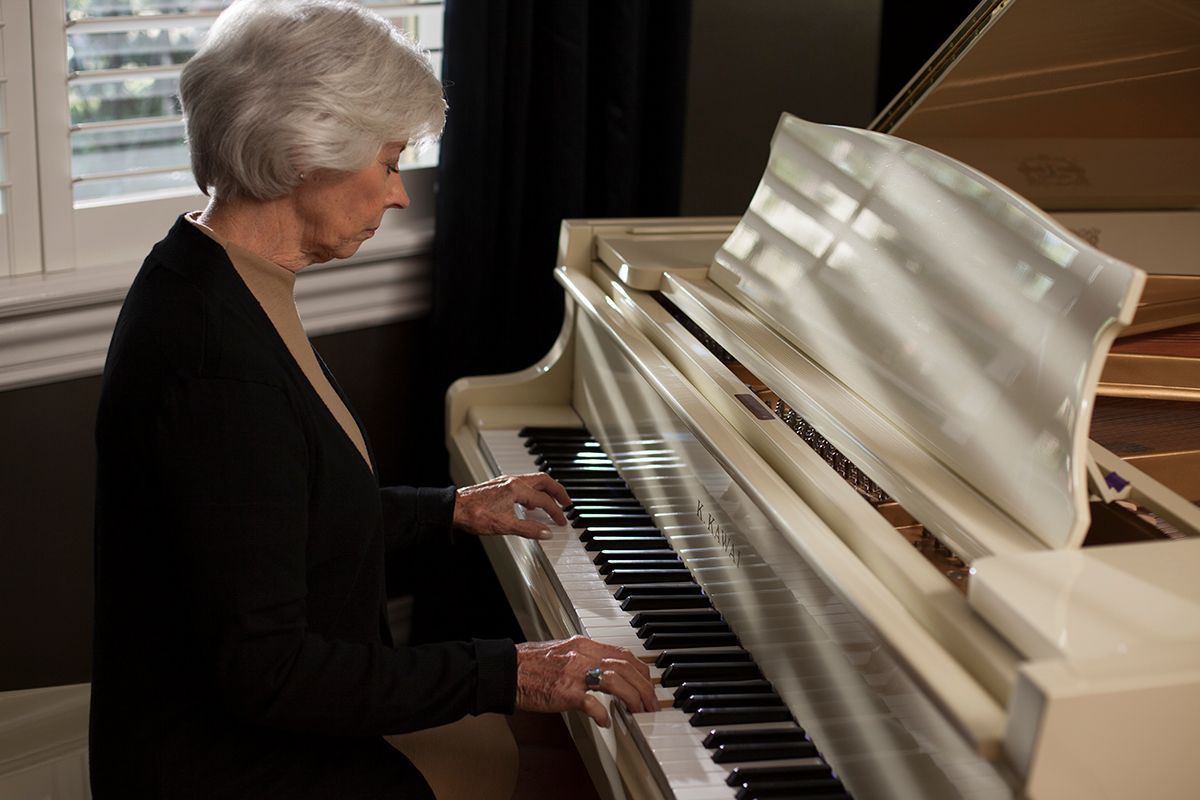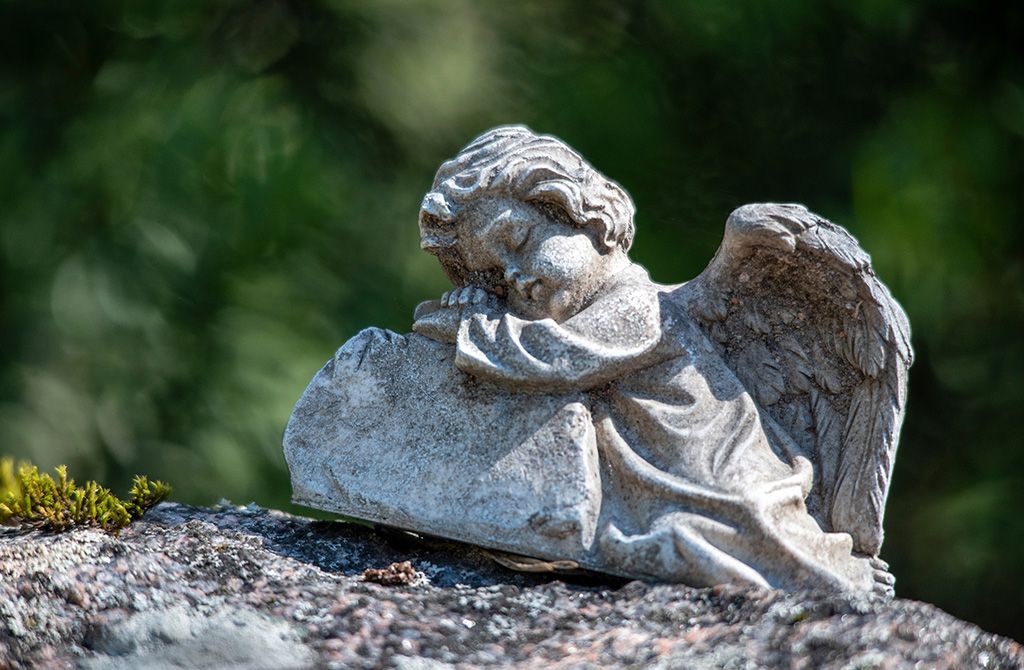Join to see when we post new obituaries
Your email will not be used for any other purpose and will not be shared. You may unsubscribe at any time.
Funeral Etiquette: An Affordable Burials and Cremations Guide
Welcome to Affordable Burials and Cremations’ guide on funeral etiquette. Read on to learn the basics of attending funerals.
No matter what the occasion, etiquette can be tricky because if you violate its unspoken rules, you may never know – people are unlikely to let you know what faux pas you may have committed, which puts you at risk of unknowingly offending someone or acting improperly over and over. This is especially true for funerals. On the one hand, grieving relatives are likely too consumed with their own emotions to worry too much about your funeral attire or behaviour; on the other hand, a solemn occasion of mourning is the last place you want to commit a serious social error.
Attendance
You do not need an explicit invitation to attend a funeral unless it’s a special private event for the closest family and friends only. In the vast majority of cases, anyone can attend a funeral and pay their respects to the deceased; all are welcomed to say farewell. Often, after the service, family members and close friends will meet at the chief mourner’s house or another location, such as a local restaurant, to enjoy refreshments and provide each other with support; these affairs may be more restricted (if only by size and logistics) than the funeral itself.
If you receive a funeral notice and cannot attend, it is appropriate to respond to the notice with your regrets and condolences.
Attire
Unless explicitly stated otherwise in the funeral instructions, formal clothes, usually dark or black in colour, are appropriate. Be sure to dress for the weather. Head coverings are not necessary unless there is a religious tradition of wearing (or specifically not wearing) a hat or head covering; when you arrive at the funeral home, you may ask the funeral director for assistance on this matter.
Seating
The front seats are traditionally reserved for chief mourners, like immediate family and next of kin. When you enter, if you notice that the chapel is very large and looks empty, do not sit in the back rows unless you have babies or toddlers in tow who might become disruptive and need a ready exit. Sitting too far back can make the mourning family feel isolated and make the chapel feel emptier than it is, as well as forcing the officiant to strain to be heard throughout the service.
Funeral Procession
The person arranging the funeral typically decides who will follow the hearse from the church or funeral home to the burial plot. Sometimes this is planned out very explicitly in advance; at other times, this decision may be made immediately following the funeral. Most people just travel in their own cars and meet the procession at the cemetery; you can check with the funeral director to get the most direct route to the gravesite.
What to avoid…
– Asking intimate questions about the deceased’s state of health or exact cause of death, if you are not already privy to these details
-Acting rushed or hurried at the funeral. Pay your respects at the casket for at least one minute, and take time to sign the register.
-Sobbing loudly during the service, which can be disruptive to other mourners.

